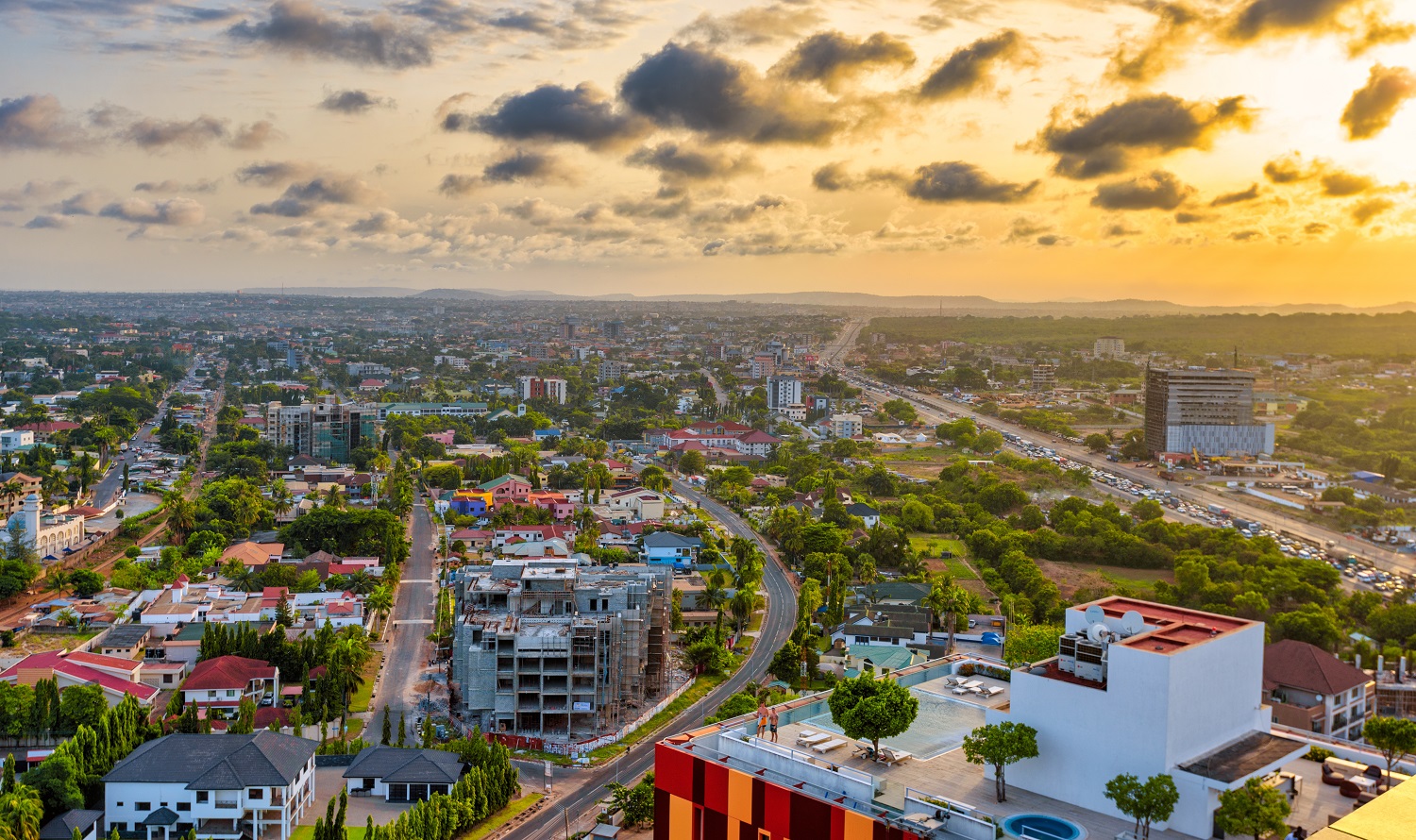Saturday 11th July is world population day, and the UN estimates there are now 7.8 billion people in the world. For most people, a billion is an abstract concept; it may feel like an overwhelming number that’s hard to envision. To help, we are mixing some maths and football fun to describe the global population with two football stadiums.
How many people have you seen at once?
Perhaps the largest number of people you’ve seen at one time is at a protest, although it’s hard to know how many people are there. A more familiar sight would be a music or sports event held in a large stadium. While most stadiums only hold tens of thousands, they can help us to visualise what the world’s 7.8bn people actually looks like.
Consider Wembley Stadium—arguably the most famous stadium in the world. Now imagine that each of Wembley’s 90,000 seats was itself a Wembley Stadium full of people—that would equate to 8.10bn people. But of course, stadiums are rarely completely full, so let’s imagine instead that 98 percent of Wembley’s 90,000 seats were themselves nearly full stadiums—that would equate to the UN’s 7.8bn estimate.
Visualising the whole world in a stadium
Wembley is well known but it is only one of the top 10 largest stadiums. Squaring Mexico’s Estadio Azteca’s capacity (equivalent to our calculation of each seat representing a whole stadium) gets us closest to the current UN population estimate.
Top 10 Football stadiums by seating capacity
|
|
Stadium
|
Country
|
Seating capacity
|
Capacity squared (billion)
|
|
1
|
Rungrado 1st of May Stadium
|
North Korea
|
150,000
|
22.50
|
|
2
|
AT&T Stadium
|
United States
|
105,000
|
11.03
|
|
3
|
Melbourne Cricket Ground
|
Australia
|
100,024
|
10.00
|
|
4
|
Camp Nou
|
Spain
|
99,354
|
9.87
|
|
5
|
FNB Stadium
|
South Africa
|
94,736
|
8.97
|
|
6
|
Rose Bowl
|
United States
|
90,888
|
8.26
|
|
7
|
Wembley Stadium
|
England
|
90,000
|
8.10
|
|
8
|
Estadio Azteca
|
Mexico
|
87,523
|
7.66
|
|
9
|
Bukit Jalil National Stadium
|
Malaysia
|
87,411
|
7.64
|
|
10
|
Borg El Arab Stadium
|
Egypt
|
86,000
|
7.40
|
What will the global population be in the future?
Global population has grown rapidly but is now slowing—it doubled from 2.5bn in 1950 to 5.3bn in 1990, a span of 40 years. But in the 40 years from now to 2060, it’s expected to increase 30 percent to 10.2bn, and to increase a further 7 percent to 10.9bn in 2100.
Global population is expected to peak at some 11bn around 2100—so, the Dallas Cowboys American football AT&T stadium in Arlington, Texas, which holds 105,000, is a guide to the peak.
Conclusions and further reading
Behind these overall numbers are complex demographic trends that can influence a country’s development. For example, age profiles vary greatly between countries, as can migration patterns. My colleagues have shown that movement can be mutually and hugely beneficial to both sending and receiving countries. You can read more on my colleagues' excellent migration work here.
Populations can often be overlooked in the focus on a country’s economy size. A popular CGD Europe office quiz to counter this is to name the 13 countries that each have a population over 100 million. Check out the chart below, or this link for the answers.
If you’re interested in visualisations of population, you might also appreciate the work (and below chart) from Our World in Data; which shows countries size according to population blocks.

Please do point us to any more population-related graphics or trivia.
CGD blog posts reflect the views of the authors, drawing on prior research and experience in their areas of expertise.
CGD is a nonpartisan, independent organization and does not take institutional positions.







